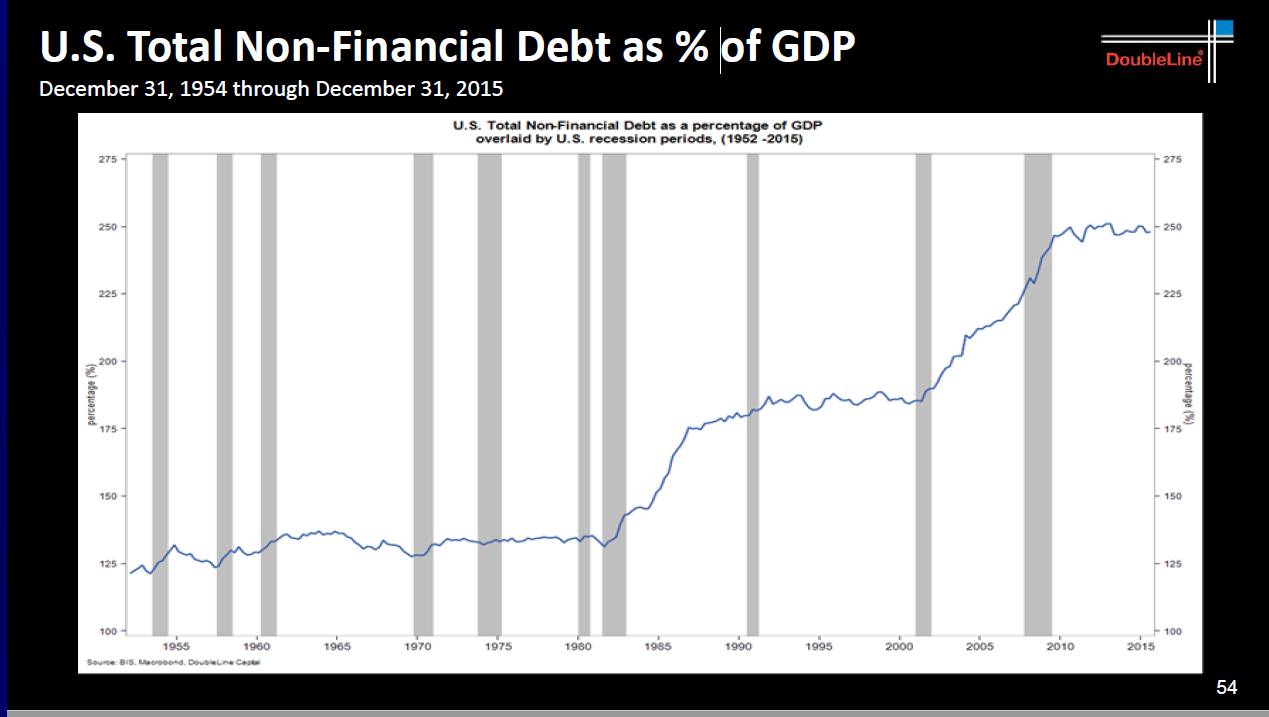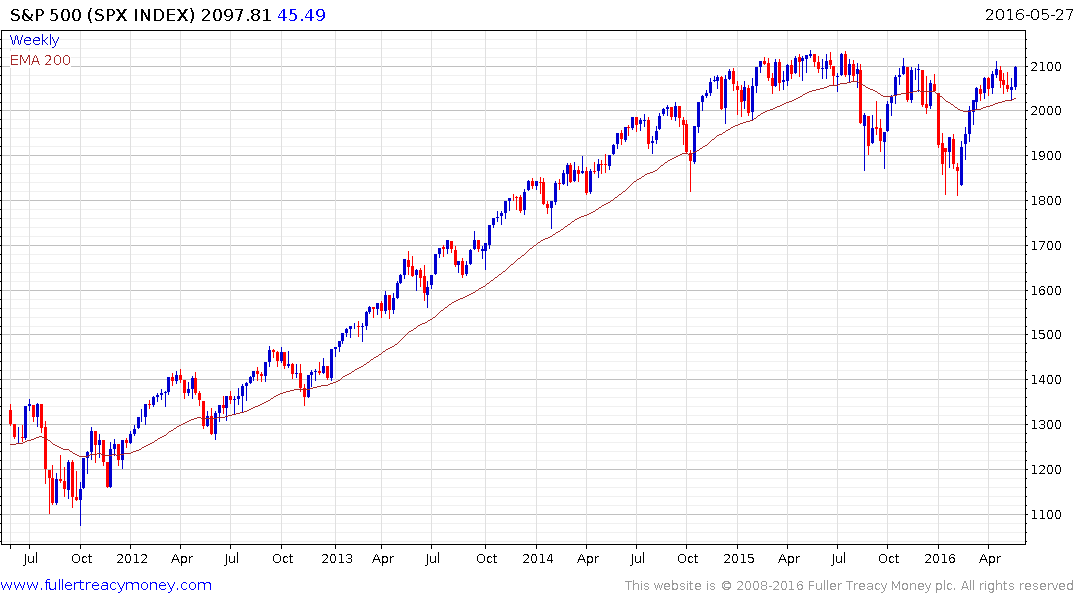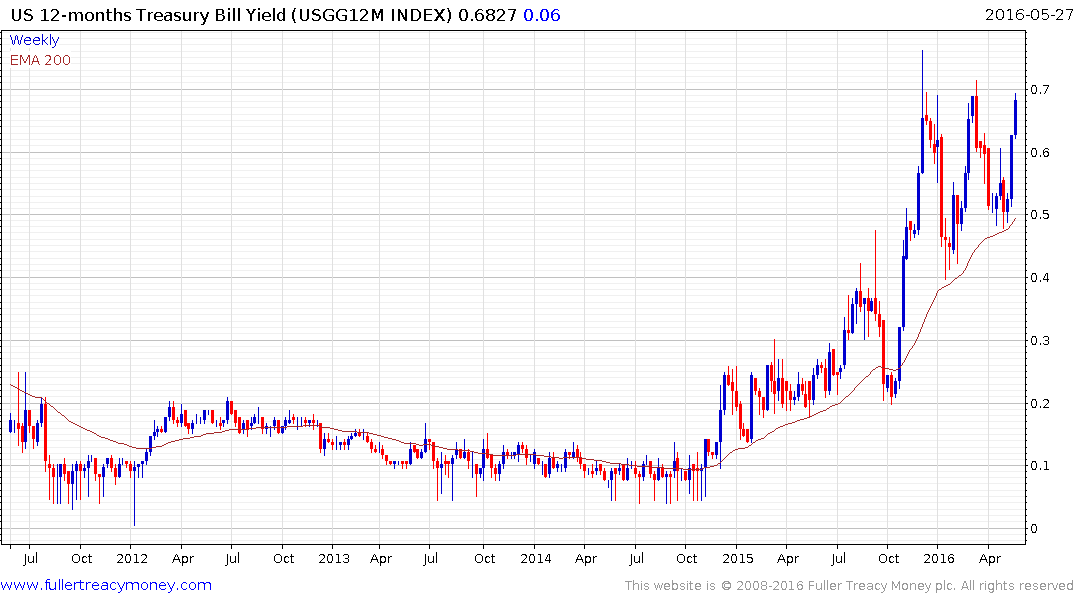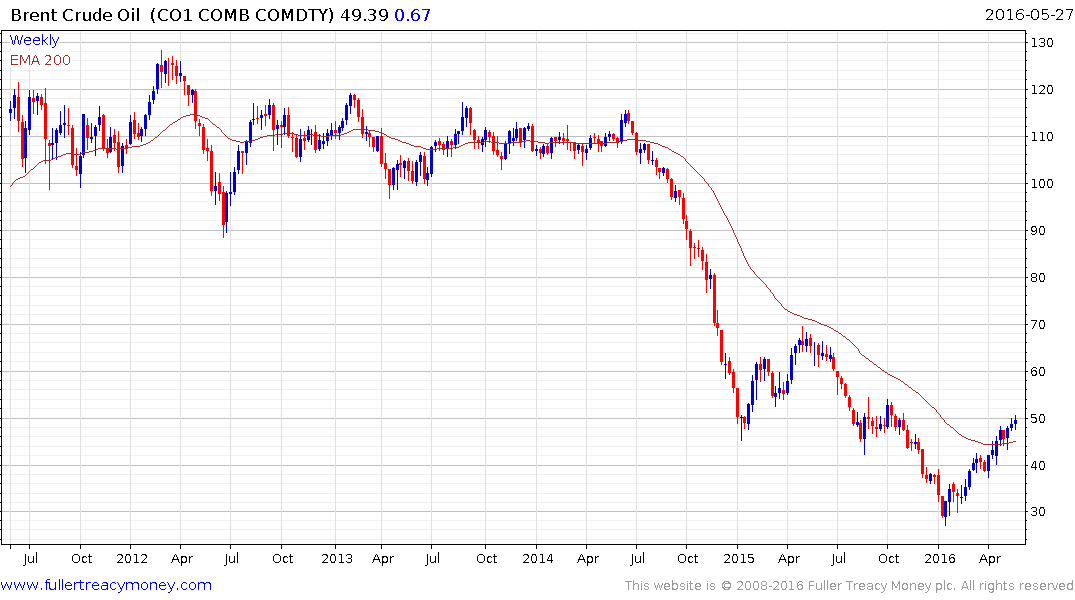Strategy and Timing
Thanks very much to a subscriber for arranging an invitation to yesterday’s DoublieLine presentation by Jeff Gundlach which was something of a victory lap for the firm as they are now within striking distance of $100 billion under management.
Here is a link to the slides.
Mr. Gundlach’s opinion, and I agree, is that negative interest rates are inherently deflationary. How could they not be, you deposit money and get less back. He was quick to point out however that central banks don’t appear to have realised that yet and are likely to push the policy further before abandoning it and trying something else. He believes it is only a matter of time before some form of helicopter money policy is employed somewhere. That helps explain his medium-term bullish view on gold.
He was expecting Janet Yellen’s comments today to be more dovish than the hawkish comments made by various Fed governors over the last couple of weeks. However Yellen stuck to the line that a mid-year rate hike was probably appropriate. He has also pointed out again at this presentation that any central bank which has raised rates since 2009 has had to reverse course and was expecting the Fed to have to do the same even if they go ahead and raise rates again.

This chart of non-financial debt to GDP at the end of the presentation is an important one. The USA’s ratio has trended higher in a step sequence for decades and depending on who wins the Presidential Election this year might be setting up for another leg higher. Many investors have expressed concerns with the quantity of debt outstanding but if the next administration boosts fiscal stimulus and uses a blow out in deficit spending to do it then the debt overhang is likely to get a lot larger before it eventually rolls over.
Jeff Gundlach is a market timer and speaks about ranges being coiled springs in much the same way we talk about explosions waiting to happen. The S&P 500 for example has been rangebound for 18 months and when a breakout occurs, either up or down, it is likely to surprise market participants with its ferocity. He said the most bullish argument for why the stock market could go higher was that no one could articulate a bullish answer which suggested many people are underweight.

One possible bullish argument harks back to the three different things people can see on a chart. You can see what you want to see, what you think you should see and what is there. Right now a bullish argument centers on the second one. It runs like this, if the Fed is raising rates, they must know something about the strength of the economy we don’t so my analysis is wrong and I should buy.

Meanwhile 12-month yields remain in an uptrend and are rapidly pricing in two rate hikes in the next year. Personally I think the Fed is playing close attention to wage growth and with other arguments being equal will raise rates if wages pick up.
He also highlighted a number of recession lead indicators none of which are flashing warning signals right now although most continue to trend towards problem territory.

One of the more notable anecdotes Gundlach recounted was speaking with the asset allocator for the largest sovereign wealth fund in the Middle East last week. He said they were making all allocation decisions based on the assumption prices for oil could be $10; while not necessarily predicting that level. The allocator gave three reasons for this view. A large number of fracking wells have been drilled but are not yet producing so when prices rise enough they will be brought on line, production will rise and prices will fall. Medium-term they expect continued growth in the electric vehicle market which could remove 4 million barrels of demand per day from the US market and thirdly the expect renewables to continue to gain market penetration which additionally act as a headwind.
All of these considerations gel with our view the rebound in oil prices is likely to be transitory and that once the rebound runs its course prices are likely to range in a volatile manner for the foreseeable future.


